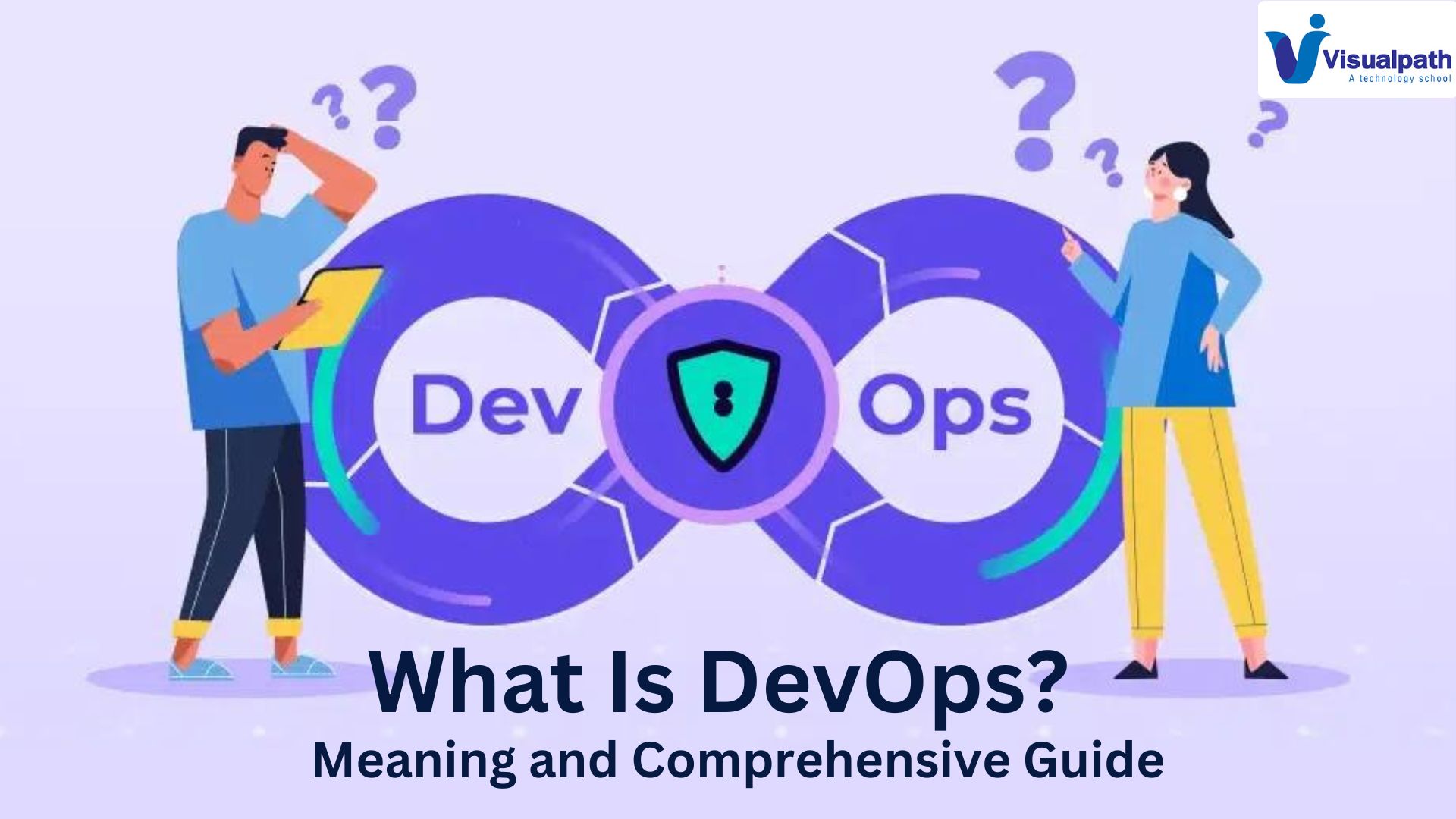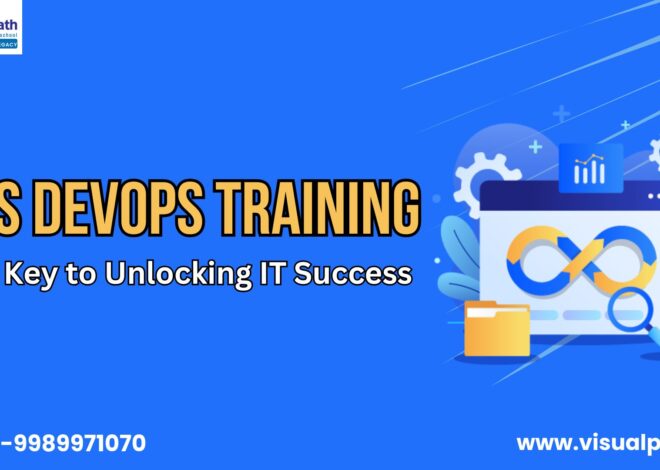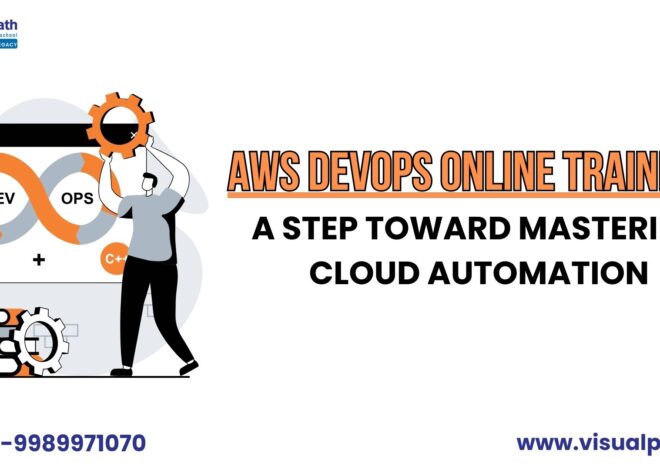DevOps is a cultural and technical approach that combines software development and IT operations to improve collaboration and automate processes. It aims to deliver high-quality software rapidly and reliably through practices like Continuous Integration and Continuous Deployment (CI/CD). DevOps fosters a culture of collaboration, breaking down silos between development and operations teams. By emphasizing automation, monitoring, and continuous improvement, DevOps enhances efficiency and scalability in software delivery.
Understanding DevOps
DevOps Defined
DevOps is a set of practices, tools, and a cultural philosophy that aims to automate and integrate processes between software development and IT teams. This approach emphasizes collaboration, continuous delivery, and automating everything from code integration to deployment. The goal of DevOps is to build, test, and release software faster and more reliably.
The Origins of DevOps
The term DevOps was coined around 2009, born out of the need to improve the traditional software development and IT operations relationship. The movement grew from the Agile development methodology, aiming to extend Agile’s principles beyond development to the entire delivery pipeline. DevOps Training
Core Components of DevOps
- Culture of Collaboration
- DevOps is fundamentally about removing obstacles between teams working on development and operations. This cultural shift encourages collaboration, shared responsibilities, and transparency, fostering an environment where both teams work towards a common goal.
- Automation
- Automation is crucial in DevOps. Teams may lower errors, save time, and guarantee consistency by automating repetitive operations like code integration, testing, and deployment. Continuous Integration/Continuous Deployment (CI/CD) pipelines are a cornerstone of this automation.
- Continuous Integration and Continuous Deployment (CI/CD)
- Continuous Integration (CI) involves regularly merging code changes into a central repository. Automated tests run on each integration to detect issues early. DevOps Training Online
- Continuous Deployment (CD) extends CI by automating the deployment of code to production, ensuring that new features and fixes are released rapidly and reliably.
- Infrastructure as Code (IaC)
- IaC involves managing and provisioning computing infrastructure through machine-readable definition files, rather than physical hardware configuration or interactive configuration tools. This approach allows for version control, automated deployments, and consistent environments.
- Monitoring and Logging
- Continuous monitoring and logging are essential to maintain the health and performance of applications and infrastructure. Tools like Prometheus, Grafana, and ELK Stack (Elasticsearch, Logstash, Kibana) help in tracking performance metrics, identifying issues, and understanding the system behaviour.
DevOps Methodology
The DevOps methodology can be broken down into several key practices:
- Plan
- Planning involves defining the features, improvements, and bug fixes that need to be addressed. Tools like Jira or Trello can help in managing the project backlog and sprint planning.
- Code
- Writing code is a collaborativeprocess in DevOps. Version control systems like Git enable multiple developers to work on the same codebase simultaneously, ensuring code consistency and facilitating code reviews.
- Build
- Building the code involves compiling it into executable files. Automated build tools such as Jenkins, Bamboo, or CircleCI streamline this process, integrating with version control systems and testing frameworks.
- Test
- Automated testing ensures that code changes do not introduce new bugs. Unit tests, integration tests, and end-to-end tests are executed as part of the CI pipeline to validate the code before it moves to the next stage. AWS DevOps Training
- Release
- The release phase involves deploying the code to production. CI/CD pipelines automate this process, ensuring that deployments are quick and error-free. Tools like Kubernetes and Docker facilitate containerized deployments, enhancing scalability and reliability.
- Deploy
- Deployment is the process of making the application available to users. Automated deployment tools ensure that this process is repeatable and consistent, minimizing downtime and deployment errors.
- Operate
- Operating the application involves monitoring its performance, managing resources, and responding to incidents. Configuration management tools like Ansible, Puppet, or Chef ensure that the infrastructure is consistently configured and updated.
- Monitor
- Continuous monitoring involves tracking the performance, availability, and security of the application and infrastructure. This practice helps in identifying issues before they impact users and provides insights for continuous improvement. DevOps Online Training
Benefits of Implementing DevOps
- Faster Time to Market
- By automating and streamlining the development and deployment processes, DevOps enables faster delivery of new features and bug fixes.
- Improved Collaboration
- DevOps fosters a culture of collaboration, breaking down silos between development and operations teams, leading to better communication and shared responsibilities.
- Increased Efficiency
- Automation of repetitive tasks reduces manual efforts, minimizes errors, and allows teams to focus on innovation and improvement. AWS DevOps Online Training
- Enhanced Quality
- Continuous testing and monitoring ensure that code changes are validated at every stage, leading to higher-quality software and fewer production issues.
- Scalability and Flexibility
- With infrastructure as code and containerization, DevOps provides the ability to scale applications and infrastructure seamlessly, adapting to changing demands.
Getting Started with DevOps
- Learn the Basics
- Understand the fundamental concepts of DevOps, including its culture, practices, and benefits. Books, tutorials, and online courses can all offer a strong foundation.
- Choose the Right Tools
- Familiarize yourself with popular DevOps tools and technologies. Start with version control systems, CI/CD pipelines, and configuration management tools.
- Hands-On Practice
- Practical experience is crucial. Set up your own CI/CDpipeline, experiment with containerization using Docker, and try automating infrastructure with tools like Ansible.
- Continuous Learning
- DevOps is an ever-evolving field. Stay updated with the latest trends, tools, and best practices by following blogs, participating in webinars, and taking advanced courses.
Conclusion
DevOps represents a significant shift in how software development and IT operations are conducted. By fostering a culture of collaboration, automating processes, and embracing continuous delivery, DevOps enables organizations to deliver high-quality software faster and more efficiently. Whether you are a developer, an operations professional, or an IT manager, understanding and implementing DevOps practices can transform your approach to software development and operations, driving innovation and success in today’s competitive landscape.
Visualpath is the Leading and Best Software Online Training Institute in Hyderabad. Avail complete DevOps Training Worldwide. You will get the best course at an affordable cost.
Attend Free Demo
Call on – +91-9989971070




